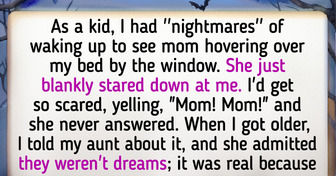My MIL Demanded Our Key, So I Put a Hidden Camera to Catch Her

Your pet’s poop is directly related to its health. Just by looking at it, it’s possible to understand how your pet is reacting to food and, most importantly, if it’s having some kind of issue.
As various diseases can be prevented and identified just by examining the poop, we from Bright Side love our pets and would like to share this information with you to help you better understand yours.
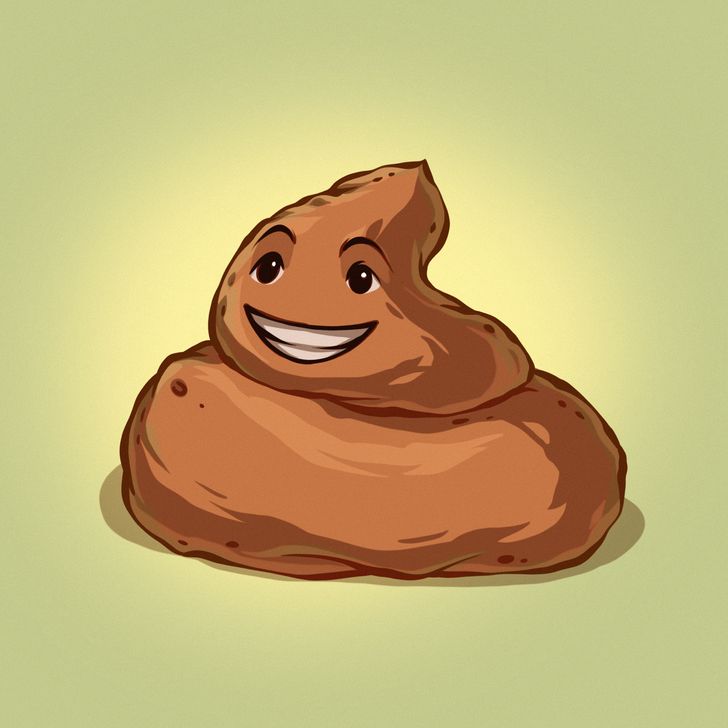
To understand what your pet’s poop means in terms of health, we should first understand what its normal form looks like. Healthy poop should be brown, moist, and consistent, with a mild odor. That means your animal’s intestines are normal and good to go!
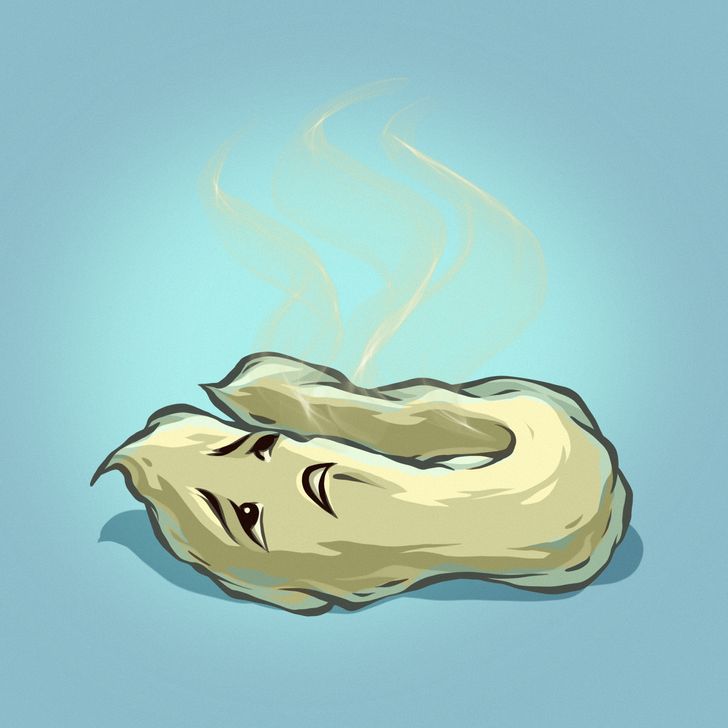
Green-looking poop could mean that your pet has eaten too much grass, has problems related to their gall bladder, has parasites (especially salmonella), or is suffering from other gastrointestinal issues.

If you’ve noticed your dog’s poop is looking tarry and dark, this may be a sign of caution. Black poop usually means that sores inside the intestines and stomach are present and may be bleeding, making the stool look dark. If you identify this, paying a visit to the veterinarian is a good idea.
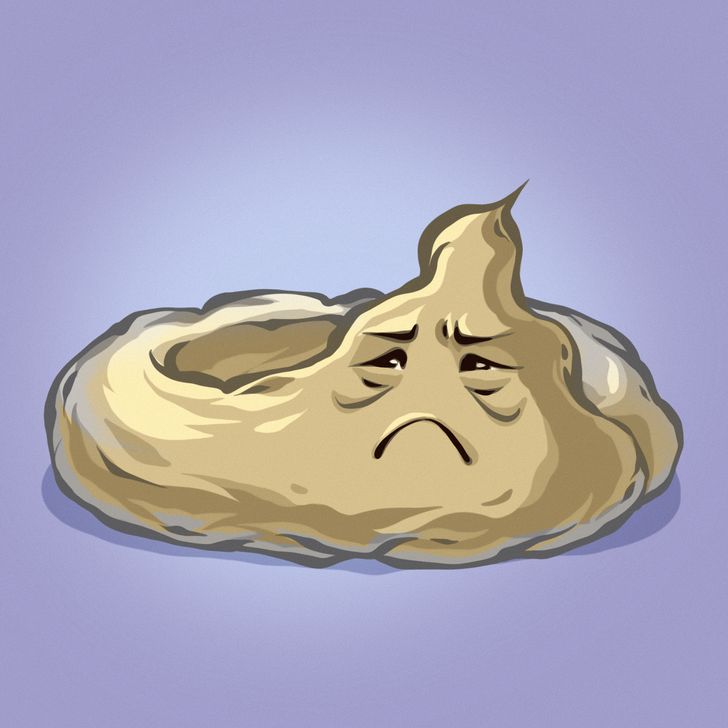
Yellow-looking poop may indicate that your pet might have some kind of food intolerance. This color may also be a signal that something is wrong with the pet’s liver, pancreas, gall bladder, or intestines, as the stools are moving too quickly through the digestive tract.
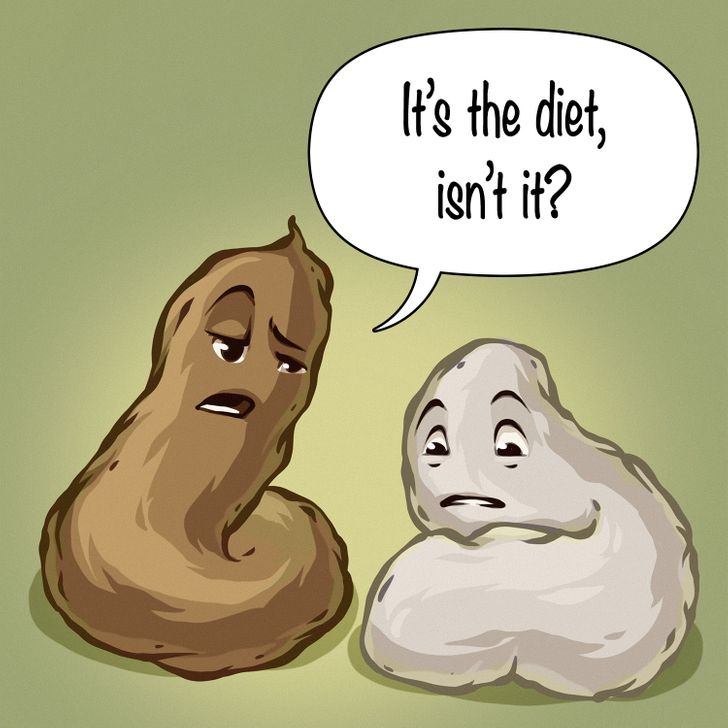
White is a pretty uncommon color for poop. This can be a result of mainly 2 things, either diet or liver issues. If your pet has a raw diet, excess calcium (from eggs or bones) may cause feces to gain a white coloration. Your pet may also have liver or gall-bladder issues, as bile (which turns poop brown) may not be reaching the intestines.
If this is happening, consider this to be a reason to contact your veterinarian.
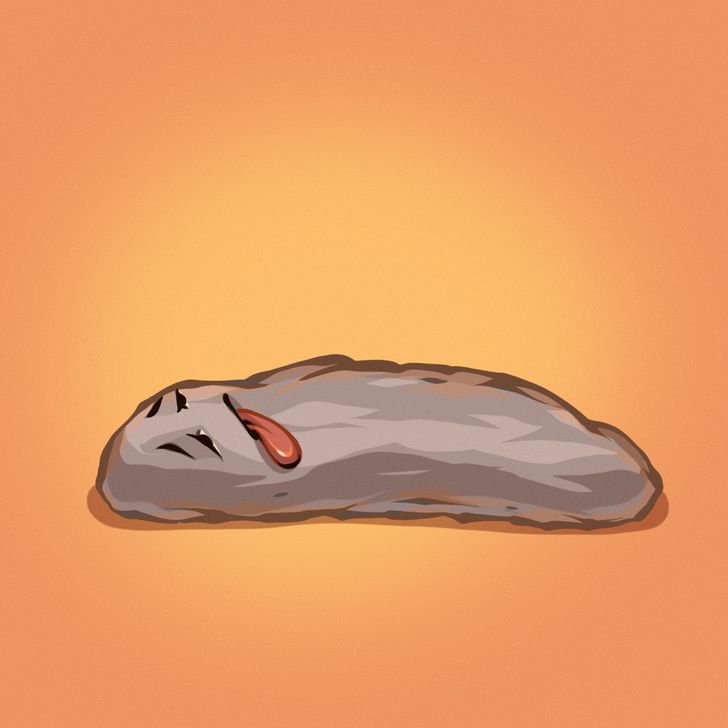
Are you noticing gray, small, dry-looking stools? Your furry friend might be constipated or having a maldigestion issue. If this is happening, your dog can be dehydrated. In order to aid the problem, add water to your dog’s food and encourage it to drink. If the problem persists, taking your pet to a vet for a medical check on their pancreas is a good idea.
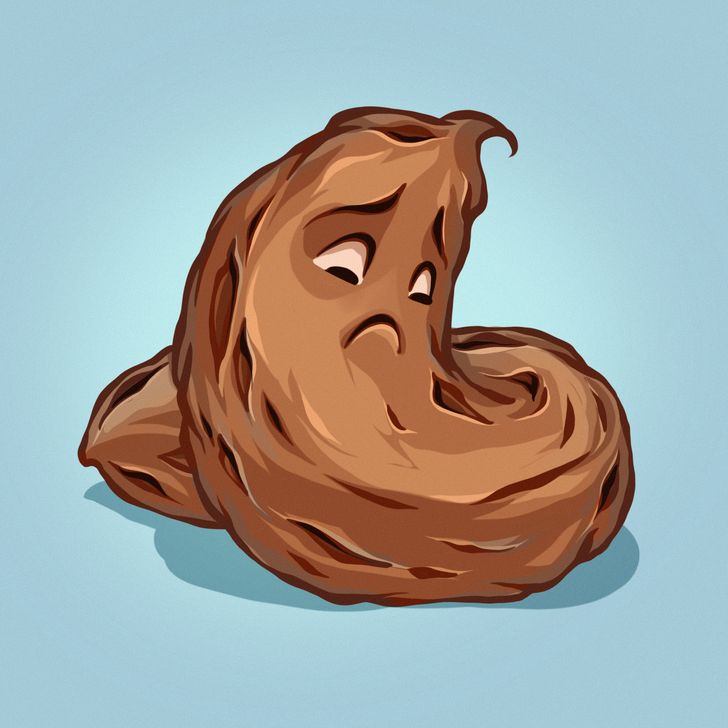
Red streaks are a sign of fresh blood. This can be indicative of various issues, such as parvovirus, parasites, diet, hemorrhagic gastroenteritis, or injuries close to the rectal area. If you see this, take your pet to the vet to investigate the source of the blood, ensuring your dog receives the right treatment.
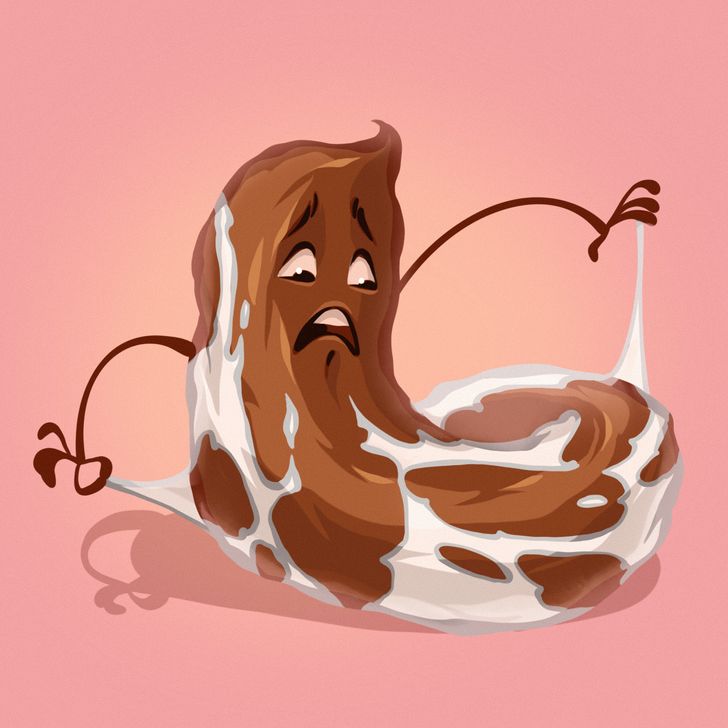
Although mucus is normal, a large amount of it isn’t. This can be indicative of stress, a specific diet, intestinal issues, parasites or protozoans, bacteria, a virus, ingested foreign objects, or even tumors. Being that the reasons are so diverse, it’s crucial to take your pet to a veterinarian to understand why this is happening.
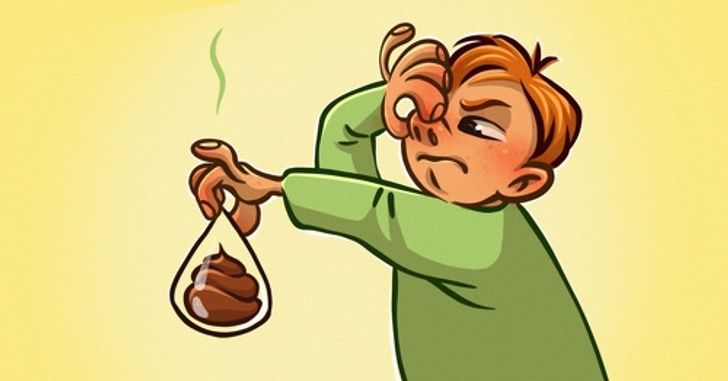
Your dog might have diarrhea from eating greasy or improper foods. If this happens once, your pet should be healthy again soon. However, if it keeps happening, your pet might have some kind of food allergy or intolerance. If the diarrhea also smells rancid, it could be a result of parasites (such as giardia).
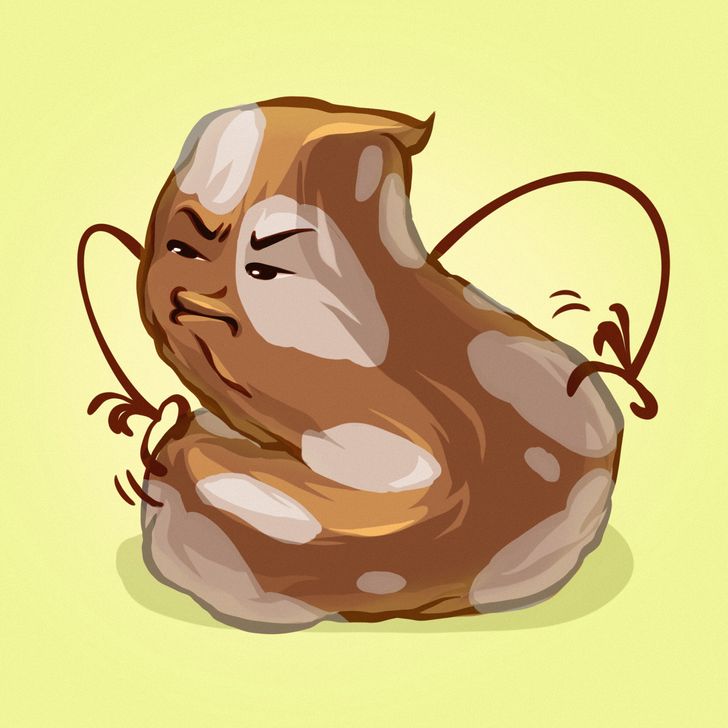
Are you seeing white, rice-looking spots in the poop? If your pet also has an itchy bottom, inspect for tapeworms and take your friend to the vet for parasite medication.
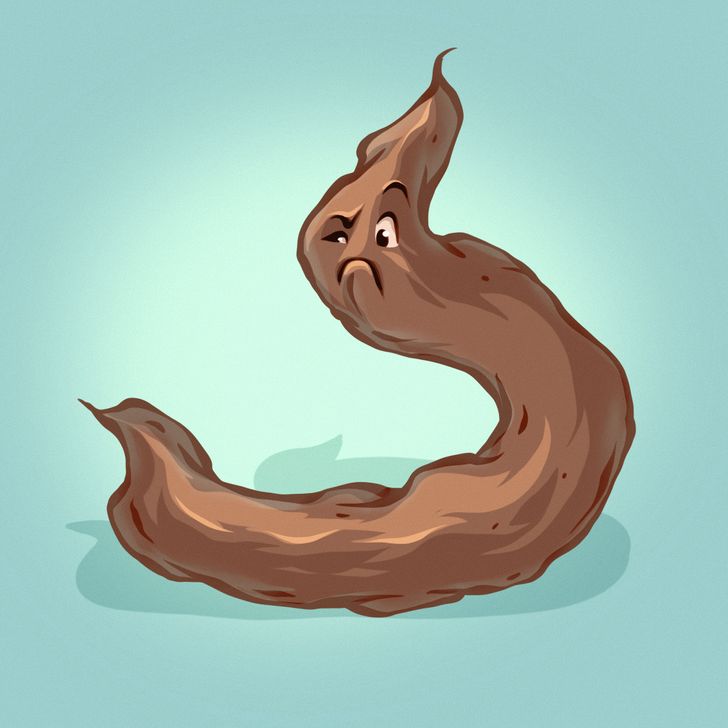
Thin, strip-looking poop indicates a narrowing of the intestinal tract. Male dogs with enlarged prostates may also develop this kind of feces.
Have you ever seen different kinds of poop from your pet? How did you manage to get them healthy again?










